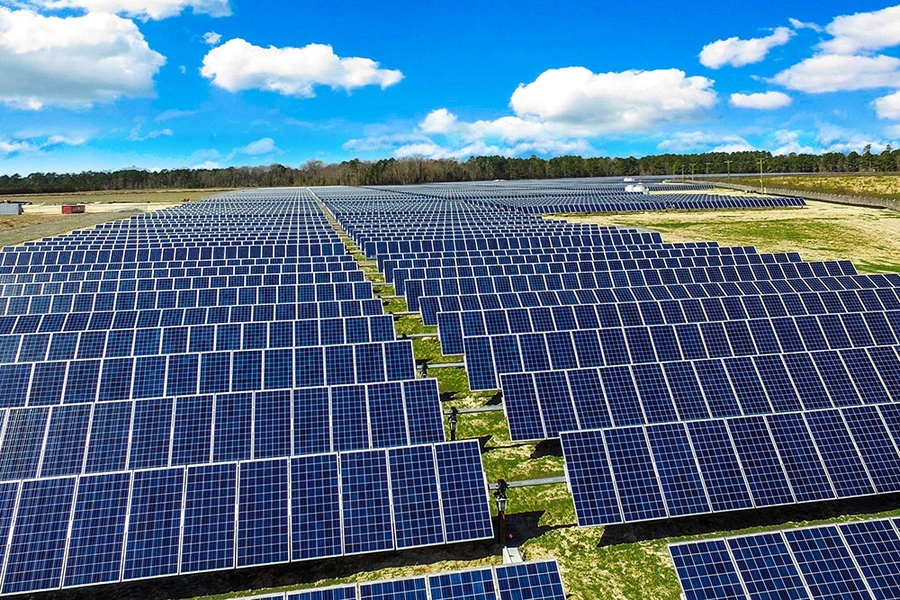When we think about solar panels and clean energy, our minds often jump to wealthy nations like Germany, the U.S., or Australia—places with money to invest in high-tech solutions. But here’s the truth: solar energy is not a luxury for rich countries—it’s a powerful, affordable solution for developing nations too. In fact, it might be even more
When we think about solar panels and clean energy, our minds often jump to wealthy nations like Germany, the U.S., or Australia—places with money to invest in high-tech solutions. But here’s the truth: solar energy is not a luxury for rich countries—it’s a powerful, affordable solution for developing nations too. In fact, it might be even more crucial for them. Here's why.

Many developing countries are located in regions that receive plenty of sunshine year-round. Think Africa, South Asia, Southeast Asia, and Latin America. These regions are practically made for solar. Unlike fossil fuels, solar doesn’t rely on importing fuel or burning cash. The sun shines for free—and solar panels can turn that sunlight into power every day.
According to the International Energy Agency, over 700 million people still live without electricity—many of them in rural villages or remote areas. Extending the traditional power grid to these places is often too expensive. That’s where off-grid solar systems come in.
Solar offers decentralized power, meaning people can access electricity without waiting years for government or corporate grid expansion.
Ironically, the countries that contribute the least to climate change suffer from its effects the most—droughts, floods, crop failure, and displacement.
Switching to solar helps reduce carbon emissions. But more importantly, it helps communities become resilient. With reliable energy, farmers can run water pumps, kids can study indoors, and health clinics can operate safely.